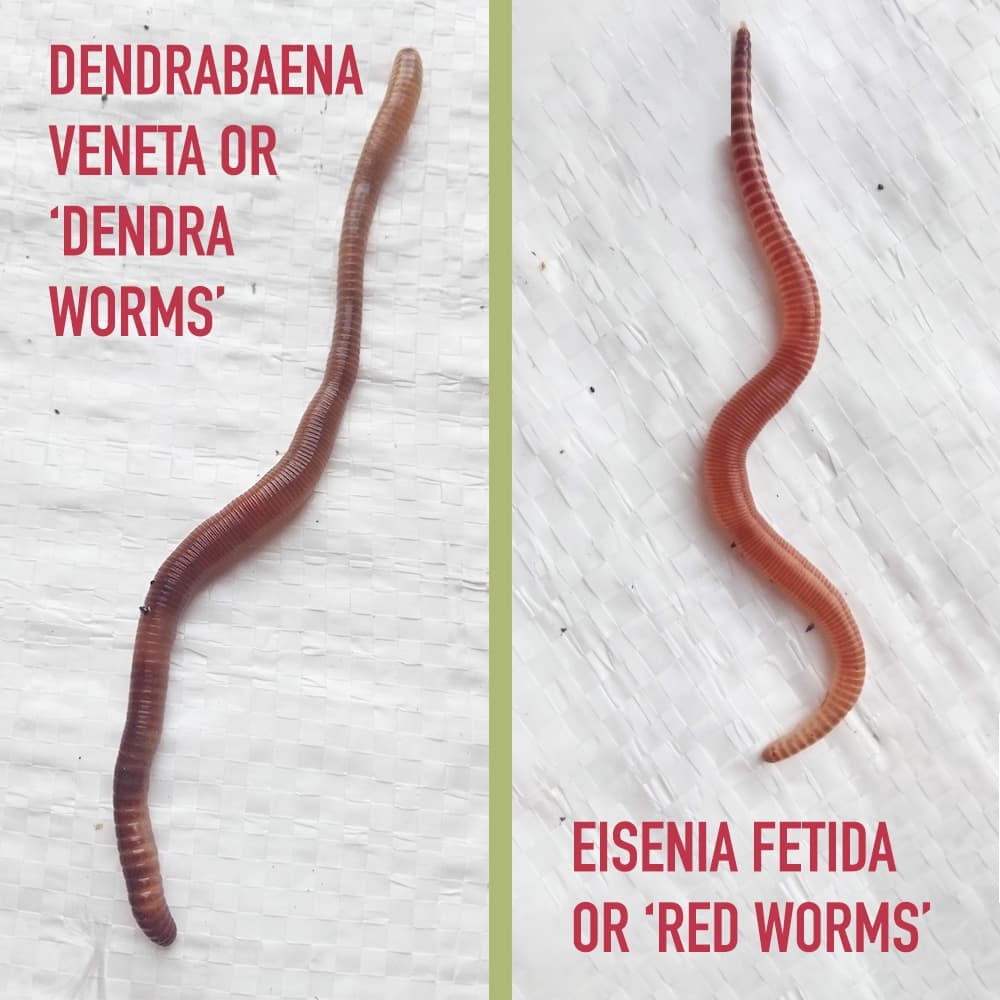The 6-Minute Rule for Red Wiggler Express
Table of ContentsFascination About Red Wiggler ExpressSome Known Incorrect Statements About Red Wiggler Express Red Wiggler Express for BeginnersSome Known Facts About Red Wiggler Express.
With the international push for sustainability and with environmentally friendly methods expanding in popularity, people are finally coming about and acknowledging the ecological benefits of red wiggler worms and composting. In this article, we'll discuss just how vermicomposting supports sustainable gardening and the ecological advantages of red wigglers and other earthworms.
This is the short of it. If you intend to review in-depth regarding red wiggles, we have a whole short article committed to them below. Now, let's enter the basics of exactly how these worms support lasting gardening practices and benefit the setting: Worm composting resembles a health club day for your soil.
When integrated into your yard soil, these spreadings improve its structure, aeration, and water retention. This aids with plant development and wellness and does not call for the usage of any kind of chemicals. Did you understand that organic waste makes up a substantial section of garbage dump material?
By diverting your kitchen scraps and lawn waste right into a worm composting bin, you're properly decreasing the quantity of natural waste that ends up in land fills. It's a win-win situation for your yard and the world. Forget chemical plant foods worm castings are the genuine offer. They're chock-full of necessary nutrients like nitrogen, phosphorus, and potassium.
The Basic Principles Of Red Wiggler Express

Maintain the bin in a trendy, unethical spot to prevent overheating. Mix the nutrient-rich worm castings right into your yard dirt or use them as a leading dressing for potted plants. You'll notice much healthier, happier plants in no time! It really is as simple as that. In a globe where sustainability is ending up being increasingly critical, red wigglers beam as unsung heroes of gardening.
Composting might look like old information, however doing it with a bin complete of worms probably doesn't. Red wiggler worms use wonderful advantages to the natural garden enthusiast, producing both an all-natural fertilizer and a reliable chemical. And they consume your cooking area scraps. The worth of red wigglers, a.k (Worm Farms Near Me).a. Eisenia fetida, hinges on their excrement, referred to as worm spreadings.
Worm spreadings may be purchased at stores such as SBS in Winery Place or Winery Gardens in West Tisbury, however to raise the worms in a compost bed and harvest your very own castings is far more fun. The job of these worms is an aspect of sustainable living. Red wigglers are native to horse manure, where they tunnel to lay eggs.
Not known Facts About Red Wiggler Express
(https://bluebook-directory.com/gosearch.php?q=Red+Wiggler+Express)They can't make a whole lot of it." He covers the bin with straw, then a piece of old carpeting. "They like the heat," he claims. Lynn explains the production of spreadings and two uses: as a plant food and as a chemical. "They digest rotting matter. It goes through them and includes calcium to make this abundant earth," she says.
"I did it to see if it would certainly make a distinction on white flies and aphids. The red wiggler is a prodigious breeder, laying eggs as usually as once a week - Where To Buy Worms.
It takes 3 to five months for a child worm to get to sex-related maturation and the grown-up size of three inches. Their life span is 4 to 5 years unless obviously they are used for bait. As freshwater fish lure, wigglers squirm on the hook and make it through undersea longer than traditional earthworms.

As one of the Epigeic class of compost worms, the normally does not appear in dirts. The worm is red or reddish-brown in color and has a smooth, cylindrical shape.
A red wiggler worm can grow up to four inches in size yet is normally just about two and a fifty percent inches. The worm has a little mouth located at the front of its head. It likewise has small bristles, called setae, which help the worm move and support itself to surfaces.
